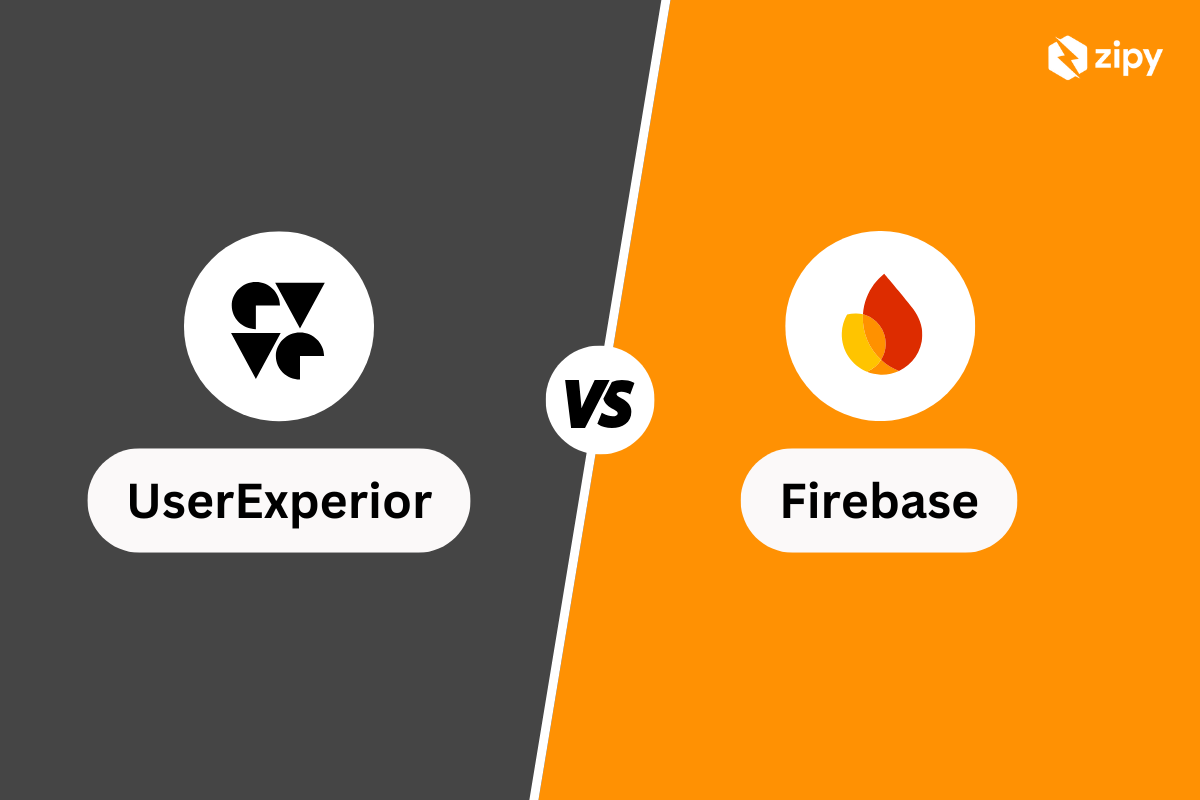Introduction
Ember.js is a robust framework for building ambitious web applications, but like any complex tool, it's not without its challenges. Among the most common hurdles developers face are Type Errors. These errors can range from benign nuisances to critical roadblocks that halt production. This blog post aims to demystify Type Errors in Ember, offering insights, solutions, and best practices to manage them effectively. Whether you're a seasoned JavaScript developer or new to Ember, this guide will equip you with the knowledge to tackle Type Errors head-on.
Catch errors proactively with Zipy. Sign up for free!
Try Zipy now
Understanding Type Errors in Ember
Type Errors in Ember typically occur when an operation is performed on a value that is not of the expected type. This can lead to unpredictable behavior or crashes. Recognizing and resolving these errors is crucial for maintaining a smooth, bug-free user experience.
Scenario 1
Error code
let count = this.get('model.count'); // Assuming count is a number
let newCount = count + 1; // TypeError if count is not a number
Corrected code
let count = Number(this.get('model.count')); // Corrected: Ensure count is a number
let newCount = count + 1;
Solution Summary
The issue arises when count is not a number, perhaps due to an unexpected data type from the model. By using Number(), we explicitly convert count to a numeric type, preventing the TypeError.
Scenario 2
Error code
let user = this.store.findRecord('user', userId);
console.log(user.name); // TypeError if user is a Promise, not an object
Corrected code
this.store.findRecord('user', userId).then(user => {
console.log(user.name); // Corrected: Access name inside the promise resolution
});
Solution Summary
In Ember, findRecord returns a Promise, not the record itself. Attempting to access properties on it directly leads to Type Errors. The corrected code waits for the Promise to resolve, ensuring user is the expected object.
Scenario 3
Error code
let items = this.get('model.items'); // items expected to be an array
let item = items.findBy('id', 1); // TypeError if items is null
Corrected code
let items = this.get('model.items') || []; // Corrected: Ensure items is always an array
let item = items.findBy('id', 1);
Solution Summary
This error occurs when items is null or undefined. The solution ensures items defaults to an array, allowing safe usage of array methods like findBy.
Handling Type Errors in Ember
Understanding and resolving Type Errors involves thorough testing, type checking, and sometimes, rethinking how data is structured and accessed. Always ensure data types match expected types, especially when working with external APIs or complex data structures.
Proactive Error Debugging with Zipy
While traditional debugging techniques are effective, they can be time-consuming and reactive. Zipy offers a proactive approach to debugging runtime Ember errors, leveraging error monitoring and user session replay capabilities. This tool can significantly reduce the time spent identifying and fixing errors, making it a valuable asset for any Ember development team.
Debug and fix code errors with Zipy Error Monitoring.
Sign up for free
Conclusion
Type Errors in Ember, while challenging, are manageable with the right approach and tools. By understanding the common scenarios where these errors occur and applying the solutions provided, developers can minimize their impact. Remember, proactive error monitoring with tools like Zipy can transform debugging from a reactive task to a proactive one, saving time and improving code quality.
Resources on how to debug and fix Ember.js errors
- 12 common Ember errors to know: A definitive guide on handling EmberJS errors
- Ember JS Real time error and session monitoring | Zipy AI
- How to handle Ember Syntax Errors?
- How to handle Ember Reference Errors?
- How to handle Ember Range Errors?
- How to handle Ember Eval Errors?
- How to handle Ember Internal Errors?
- How to handle Ember Assertion Failed Error?
- How to handle Ember UnrecognizedURLError?
- How to handle Ember Adapter Operation Error?
- How to handle Ember Container Not Found Error?
- How to handle Ember Controller Not Found Error?
- How to handle Ember Render Helper Missing Error?
Frequently Asked Questions
How can I prevent Type Errors in Ember?
Ensure data types match expected types, use Ember's built-in type checking functionalities, and consider leveraging TypeScript for stronger type guarantees.
What are the common causes of Type Errors in Ember applications?
Common causes include mismatched data types, incorrect assumptions about return values (e.g., expecting an object when a method returns a Promise), and external data sources providing unexpected data types.
Can Type Errors affect application performance?
Yes, Type Errors can lead to crashes, unresponsive pages, or unexpected behavior, all of which negatively impact user experience and performance.
How does Zipy help in debugging Type Errors in Ember?
Zipy provides real-time error monitoring and session replay, allowing developers to see exactly what led to an error, making it easier and faster to diagnose and fix issues.
Are Type Errors specific to Ember.js?
No, Type Errors are common in all JavaScript applications. However, the way they are handled and debugged can vary by framework.
Key Takeaways
- Ensure data types match expected types to prevent Type Errors, especially when dealing with external data or complex structures.
- Utilize Ember's built-in functionalities and TypeScript for stronger type safety and to minimize Type Errors.
- Debugging Type Errors requires understanding the specific contexts and scenarios in which they occur, as illustrated by the provided examples.
- Leverage tools like Zipy for proactive error monitoring and debugging, transforming the way Type Errors are identified and resolved in Ember applications.
.svg)





.png)





.webp)